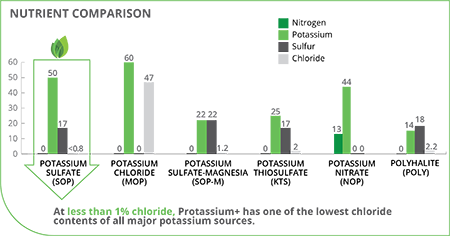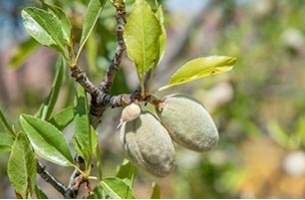Drought Conditions Can Cause Soil Salinity Concerns for Growers
In times of drought, farmers can easily see the impact on agriculture. Growers need to combat numerous root-level challenges that come with severely dry conditions. While salinity is usually a top-of-mind issue for crop health, drought conditions can quickly accelerate salinity problems in soils. High salinity levels can cause lower productivity and performance – with a real impact on profits.
Drought drives high salinity
Soil salinity levels increase during extended drought periods because less water is available to leach salts (salt already present in soil), which can lead to an abundance of concentrated salt. When soil salinity levels are high, water in the roots is pulled out and back into the soil, depriving the plant of any available moisture and causing potential loss in growth and productivity.
Fertilizing during drought conditions
While no one can control the rainfall (or lack thereof), growers can minimize the amount of salt and chloride in the fertilizer they apply. Specific to potassium (K), sulfate of potash (SOP) based products, such as Protassium+® premium sulfate of potash fertilizer, have a lower salinity index compared to potassium chloride/muriate of potash (MOP) based products.

With less than one percent chloride, Protassium+ SOP provides growers with high potassium and sulfate-sulfur without contributing to already high and potentially damaging salinity levels.
Protassium+ SOP is the right K source
As a dual nutrient that provides potassium and sulfate-sulfur, Protassium+ sulfate of potash (0-0-50-17S) is a premium potassium source that contains virtually no chloride and has the lowest salt index of all major potassium sources. Protassium+ fertilizer gives crops an advantage, especially in salty soil regions, areas undergoing drought challenges or land having poor irrigation water – making it ideal for growers looking to protect crop performance and profits during dry conditions.



